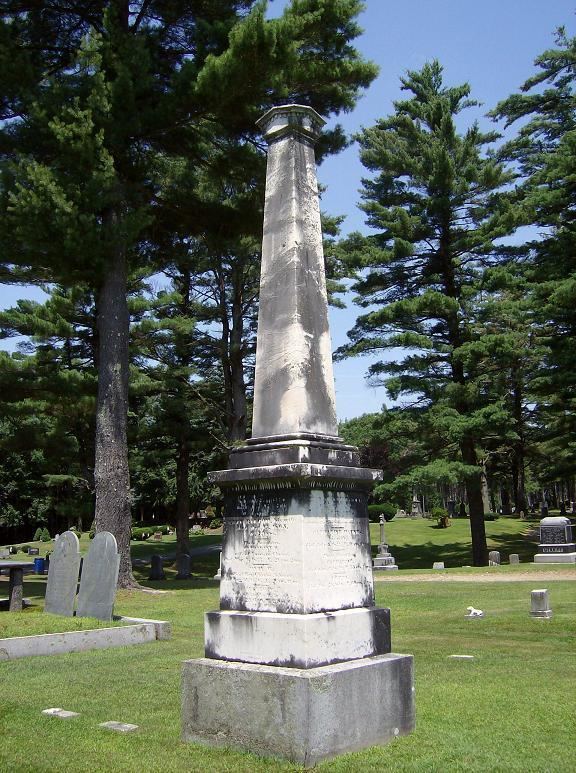Name Sylvanus Sawyer | ||
 | ||
Sylvanus Sawyer (15 April 1822 in Templeton, Massachusetts – 13 October 1895, in Templeton) was a United States inventor.
Biography
His father was a farmer, mill owner and lumberman, and from childhood the son showed great mechanical ingenuity. While he was a lad, he invented a reed organ. From about 12 until 21 years of age, feeble health unfitted him for farm labor, and he occupied himself largely with carpenter's and smith's tools. In 1839 he went to Augusta, Maine, with a view of working with his brother-in-law, a gunsmith, and, though his health soon forced him to return, he gained knowledge that enabled him to repair firearms and do much similar work, in which he engaged until his majority. During this time he also made several inventions, including a steam engine, a screw propeller, and a small railroad car to be operated by foot power.
He went to Boston about 1843, and, while working in a machine shop there, invented a machine for preparing chair cane from rattan. Thousands of dollars had been spent in vain attempts to construct such a machine, but Sawyer's was successful, and after it was patented, on June 24, 1851 (“machinery for cutting rattan”), he and his brother Joseph established a shop at East Templeton, where they manufactured chair cane by its means. In the following December, the American Rattan Company was formed to use their machine, and erected a large shop in Fitchburg, Massachusetts. Sawyer devised several auxiliary machines, and, besides serving as director, was manager of the company's shop. His inventions have entirely revolutionized the chair cane business, transferring it from southern India, China, and the Netherlands to the United States.
In the summer of 1853 he invented improvements in rifled cannon projectiles, which were patented in 1855. These embraced the placing of a coating of lead or other soft metal on the rear and sides of the shell, which was expanded laterally by the discharge and prevented the “windage” or passage of gas by the projectile, also filling the grooves of the rifling and obviating the use of helical projections. An arrangement of a percussion cap insured the explosion of the shell on impact.
In 1857/8, with his brother Addison, Sawyer conducted experiments on his invention, at his own expense, for the benefit of the U.S. Ordnance Bureau, and after thorough tests it was approved, and the Secretary of War announced that the practicability of rifled cannon and projectiles had at last been demonstrated. It was recommended that four field guns be issued for practice, but before the order was carried into effect the American Civil War had begun. The 42-pounders (rifle) columbiads were mounted at Newport News and upon the Rip Raps (Fort Wool), the latter being the only guns there that could reach Sewell's Point battery, a distance of three and one-half miles, which they did with great accuracy, and made fearful havoc with the railroad iron-clad batteries. An 18-pounder Sawyer rifle also did great execution on board the steamer “Fancy.”
Sawyer claimed that he was treated unjustly by the ordnance officers during the Civil War. Notwithstanding the report in his favor, his guns were not extensively adopted, but his improvements were incorporated in others that, he said, were infringements on his patents. He was advised by government officials to wait until the war had ended and then prosecute the chiefs of ordnance of the army and navy, but they both died shortly after its close, and nothing had been done in the matter. But he received several orders for guns directly from department commanders, to whom he furnished the first batteries of cast-steel rifled guns made in the United States. He made other improvements in projectiles in 1861/2, and in 1864/5 built a shop for the manufacture of ordnance, but the close of the wars in the United States and South America caused it to be turned to other uses.
He took out patents on dividers and calipers in 1867, a steam-generator in 1868, a sole sewing-machine in 1876, and a centering watchmaker's lathe on July 10, 1882. He subsequently engaged in the manufacture of watchmakers' tools, but soon retired from business, and took much interest in agriculture.
He served as an alderman in Fitchburg.
